Online Streaming – Beethoven’s Complete Sonatas for Violin and Piano
In light of Isabelle Faust and Alexander Melnikov’s cancelled performances due to COVID-19, you may now enjoy the playlist of their exact concert recital programme online.
Written especially for these performances at HKU, we have attached the programme notes below by Edwin Li, our HKU Music Department graduate. Enjoy!

BEETHOVEN’S COMPLETE VIOLIN SONATAS
Edwin Li
B.A., HKU (2017)
Ph.D. Candidate in Music Theory, Harvard University
Violin Sonata No. 1 in D major, Op. 12
Violin Sonata No. 2 in A major, Op. 12
Violin Sonata No. 3 in E-flat major, Op. 12
Violin Sonata No. 4 in A minor, Op. 23
Violin Sonata No. 5 in F minor, Op. 24, ‘Spring’
Violin Sonata No. 6 in A major, Op. 30, No. 1
Violin Sonata No. 7 in C minor, Op. 30, No. 2
Violin Sonata No. 8 in G major, Op. 30, No. 3
Violin Sonata No. 9 in A major, Op. 47, ‘Kreutzer’
Violin Sonata No. 10 in G major, Op. 96
Beethoven’s ten violin sonatas written between 1797 and 1812 are often overshadowed by his piano sonatas. On the one hand, Beethoven was less renowned in Vienna as a violinist (although he grew up playing the violin and was a student of violinists Franz Ries and Ignaz Schuppannzigh) than he was as a pianist; on the other hand, Beethoven himself clearly indicated in the original scores of the violin sonatas that they were ‘for fortepiano and violin’. This is what makes the violin sonatas unique: Beethoven did not write the violin sonatas for the violin alone. Rather, they were for the composer a site of experimentation, a musical testing ground to showcase the mutual enrichment between the two instruments.
Dedicated to his teacher Antonio Salieri, Beethoven’s first three Op. 12 sonatas are highly evocative of the high classicism of Mozart and Haydn. The three sonatas, written in 1797-8, are in a three-movement setting. Their first movements, all in sonata form, display no real formal invention by the composer. One might be surprised by the unusual F major in the development section in listening to Sonata No. 1 in D major, but this uncanniness peters out in the regular recapitulation with the themes in the exposition recast in the tonic key. Likewise, the first movements of Sonatas Nos. 2 and 3 adhere to the conventional sonata-allegro form. But to say that Beethoven merely followed the footsteps of his predecessors would be an understatement. What is worth noting in these sonatas is the experimentation of the expressive possibilities of and between the instruments. For instance, the violin’s range is extended to three octaves, and in the first movement of Sonata No. 1 it even stretches from a4 to a6. In the same movement, the rapid sixteenth notes in unison pose a challenge to both the violinist and the pianist. Meanwhile, Beethoven explores other affective spaces in the slow movements. One commentator comments the second movement of the third sonata as follows: “It is one of his grand, long-breathed slow movements, in which the composer still remains unrivaled. Sublimity of feeling and a noble simplicity reign here supreme”.
When Beethoven began his Sonatas Nos. 1–4 with the piano, the violin seems to serve only as an accompaniment. Sonata No. 5, Op. 24, ‘Spring’ (1801) marks a significant change in part writing: the violin articulates the principal theme. Op. 24 also stands out from the previous sonatas in its four-movement plot with a Scherzo added as the third movement. The Scherzo, albeit brief, is described by one critic as “a real gem…the charm and humor of which cover a multitude of musical subtleties”. Although the A section of the ABA’-form Scherzo does not repeat, the opening 8-bar theme in the piano part is echoed by the violin an octave higher in a rhythmically playful fashion. If the Scherzo is witty in its rhythmic displacement, the Trio is humorous in its rhythmic unison, as though the latter were mocking the former.
If Beethoven’s early violin sonatas are suggestive of the high classicism of Mozart and Haydn, his three Op. 30 Sonatas (Nos. 6–8), published in 1803 when Beethoven became fully aware of his hearing loss, display an advance in musical style and mark a parting of the ways with his predecessors. The first theme of the Sixth Sonata, as music critic Robert Maxham puts it, is “a microcosm embracing (if not reconciling) in its short span the Apollonian and Dionysian”, and the slow movement “flows with liquid grace and winning sensibility”[1]. The dialectic between darkness and light continues through the last movement’s theme and variations. But the Seventh Sonata seems to outshine the Sixth in terms of dramatic tension. The C-minor outer movements remind one of the keys of the Sonata Pathétique, Op. 13 (1798); the key resonates with the “Storm and Stress” (Sturm und Drang) style, imbuing the movements with a feeling of mysteriousness. In earlier sketches, one can even observe that Beethoven decided to change the key of the slow movement from G major to A-flat major, from the key of the rustic to that of the grave. The C-major Scherzo is then curiously ironic, negating outright the first-movement tonality, only to be negated again by the C-minor Finale. C major, in this light, has become a false hope.
Beethoven’s Sonata No. 9 in A major, Op. 47, ‘Kreutzer’, published in 1805, is widely recognised as the most mature composition of his ten sonatas. While the Sonata was first dedicated to the violinist George Polgreen Bridgetower, Beethoven subsequently changed the dedication to French violinist Rodolphe Kreutzer, who never acknowledged it. When the work was first published, it was titled ‘Sonata for piano and violin obbligato, written in a very concertante style, quasi concerto-like.’ That the “concerto” is for two instruments without orchestral accompaniment makes it unique within the violin and piano repertoire. Of all violin sonatas, the ‘Kreutzer’ Sonata is also the most technically demanding and unconventional. It is the only violin sonata that begins with a slow introduction, which is recalled in the coda of the first movement. While the Sonata begins in A major, the tonality swerves to A minor in the first theme. Similarly, while the second theme begins in the normative E major (dominant of A major), the theme continues in parallel minor and then the relative major of which. The first movement even ends with A minor, only to be resolved by the A-major Finale. Beethoven was clearly thinking of the Sonata as a structural whole.
The last violin sonata, Op. 96, was composed in Vienna 1812 and published in Vienna and London in 1816. Unlike Op. 47 which was musically wondrous and technically demanding, Op. 96 evokes a musing, pastoral atmosphere. This is perhaps because while Beethoven wrote Op. 47 specifically for a professional solo violinist, Op. 96 was pitched towards amateur performers (the Sonata was dedicated to Beethoven’s patron Archduke Rudolph). Listening to the ten violin sonatas, critics and performers have described the sonatas as “oxymoronic” in that they are “consistently bright in tone but dark in spirit”, “aggressive in articulation but suave in expressivity”, and “cheerfully engaging and volcanically explosive”[1]. Perhaps what is coherent between the violin sonatas is their contradictions.



